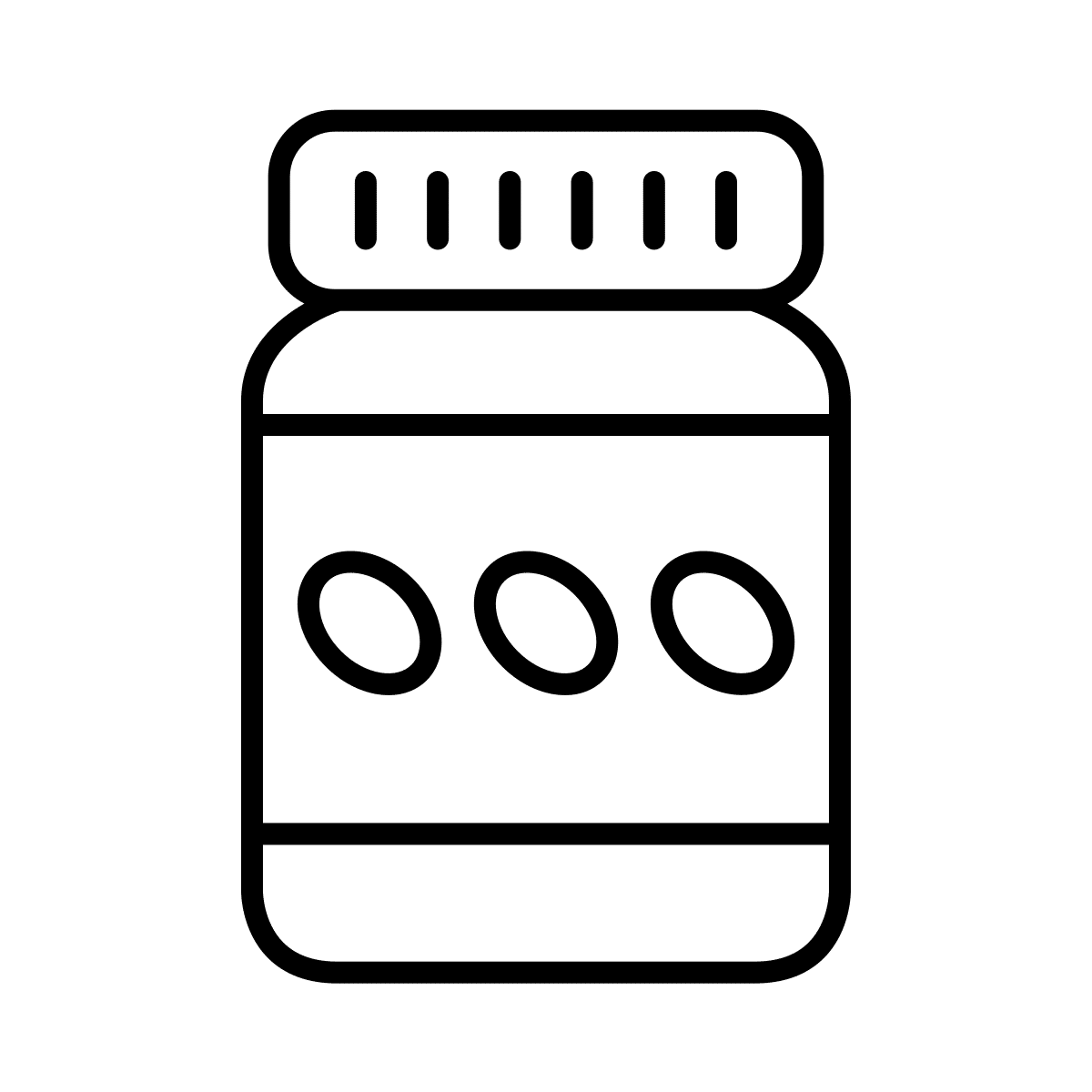When it comes down to developing a mobile app, it’s an easy pitfall to only focus on the user experience, design, and app promotion. But the biggest reason why your customers don’t return to your app is mobile app performance. Bad app performance will actively hurt your brand and scare potential customers away from you. Here’s how to improve yours.
Why Mobile App Performance is Important
Research shows that more than 50% of all users have experienced problems with mobile apps. This figure should scare you because only 80% of all consumers will retry an app once or twice if it doesn’t work properly the first time. That’s why mobile app performance should be taken seriously.
But what is app performance, really? Performance has to do with how fast or slows your app loads if the app crashes when it reaches a peak in user activity, and how smooth certain features (like payments) work.
Think App says: “Performance is a product of multiple factors: the server, mobile device, network, and programming of the app itself.”
What’s the Target for Mobile App Performance?
The aim should always be: the faster the better. A one-second delay in response can result in a 7% reduction in conversion. There is no clear target for mobile app performance, but in general two seconds of loading time or less is needed for users to be satisfied. Research that was done by Akamai, even shows that for mobile apps (compared to mobile sites) 20% of the users even expect mobile apps to load instantly.
Despite the popularity of m-commerce today, 4 in 6 people have had a negative experience with mobile shopping. This is worrying, people don’t just leave after a bad mobile experience; 51% also buy from a competitor after.
With all these bad experiences out there, your brand has the opportunity to stand out. And by using some of the best practices below you’re pretty close to boosting your mobile revenue. Because after all mobile apps, when done right, are the best performing channel within e-commerce.
How to Improve App Performance?
Native Experiences
If it fits your budget, always choose native apps over any other type. Native apps perform much better than hybrid or web apps. Native apps are specially designed for the operating system of the users’ device (iOS or Android) and are installed locally. Therefore they are much faster, more intuitive for users and make full use of the devices’ features (GPS, images, etc).
Resize and compress Images
Big images slow your website and mobile app down. If you compress an image, you can reduce the size without compensating on the quality. You should also resize images, so your app doesn’t use an unnecessary amount of bandwidth.
Front and backend data
Make sure you see the whole picture when it comes to measuring performance. Most companies tend to focus on the front-end performance, like the user experience and so on. But just as important is to monitor the back end. There are all kinds of API calls to content servers, payment processors, mapping services, servers, and so much else that powers your app’s responses. When users buy products in your app, there is a long path of back and forth communication from and to the smartphone and countless opportunities for your app to slow, stall, or fail.
Cut down on features
Some mobile developers think that the more features they offer, the better the user experience will be. But the saying ‘less is more’ also relates to mobile apps. It’s worth cutting down on features if they affect the stability. Most people would prefer an app that is fast and works as expected but with a limited amount of features than an app that has lots but is slow. Make sure you know which features are vital for your users and focus on these in the first place.








